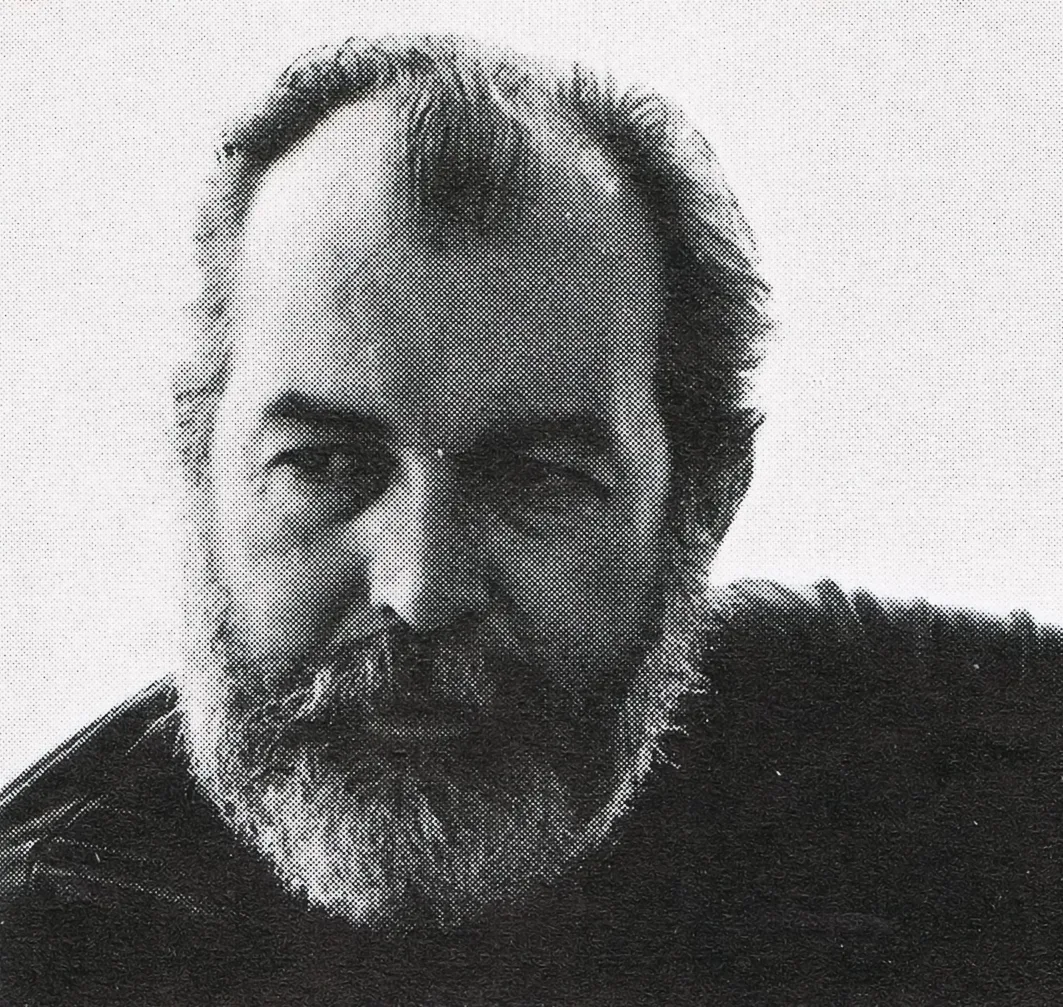The first American university to accept graphic designers as members of the faculty was the Massachusetts Institute of Technology, called M. I. T, for short. The work created by the design group reflects the high level of instruction, the realistic setting of the training and the progressive philosophy of this institute.


